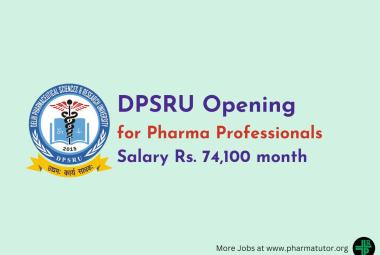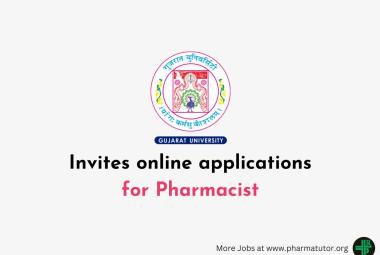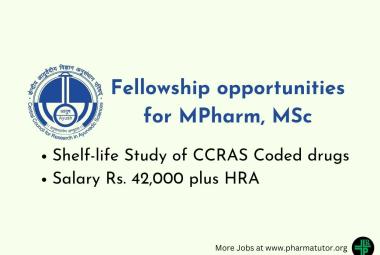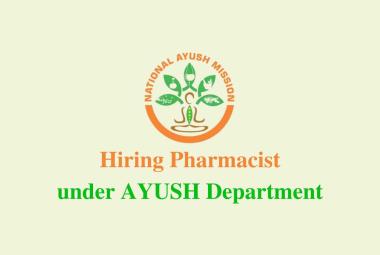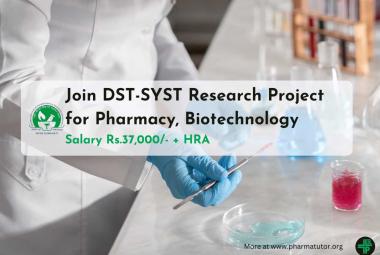AN OVERVIEW OF APPROACHES IN DISSOLUTION TESTING: A REVIEW
About Authors:
Prashant L. Pingale, Anjali P. Pingale
Department of Pharmaceutics & Quality Assurance,
School of Pharmacy and Technology Management, NMIMS Shirpur Campus
Shirpur Dist: Dhule Maharashtra
INDIA 425405.
ABSTRACT:
Tablets or capsules taken orally remain one of the most effective means of treatment available. The effectiveness of such dosage forms relies on the drug dissolving in the fluids of the gastrointestinal tract prior to absorption into the systemic circulation. The rate of dissolution of the tablet or capsule is therefore crucial.
Drug release in the human body can be measured ‘in-vivo’ by measuring the plasma or urine concentrations in the subject concerned. However, there are certain obvious impracticalities involved in employing such techniques on a routine basis. These difficulties have led to the introduction of official ‘in-vitro’ tests which are now rigorously and comprehensively defined in the respective Pharmacopoeia.
Although initially developed for oral dosage forms, the role of the dissolution test has now been extended to ‘drug release’ studies on various other forms such as topical and transdermal systems and suppositories.



